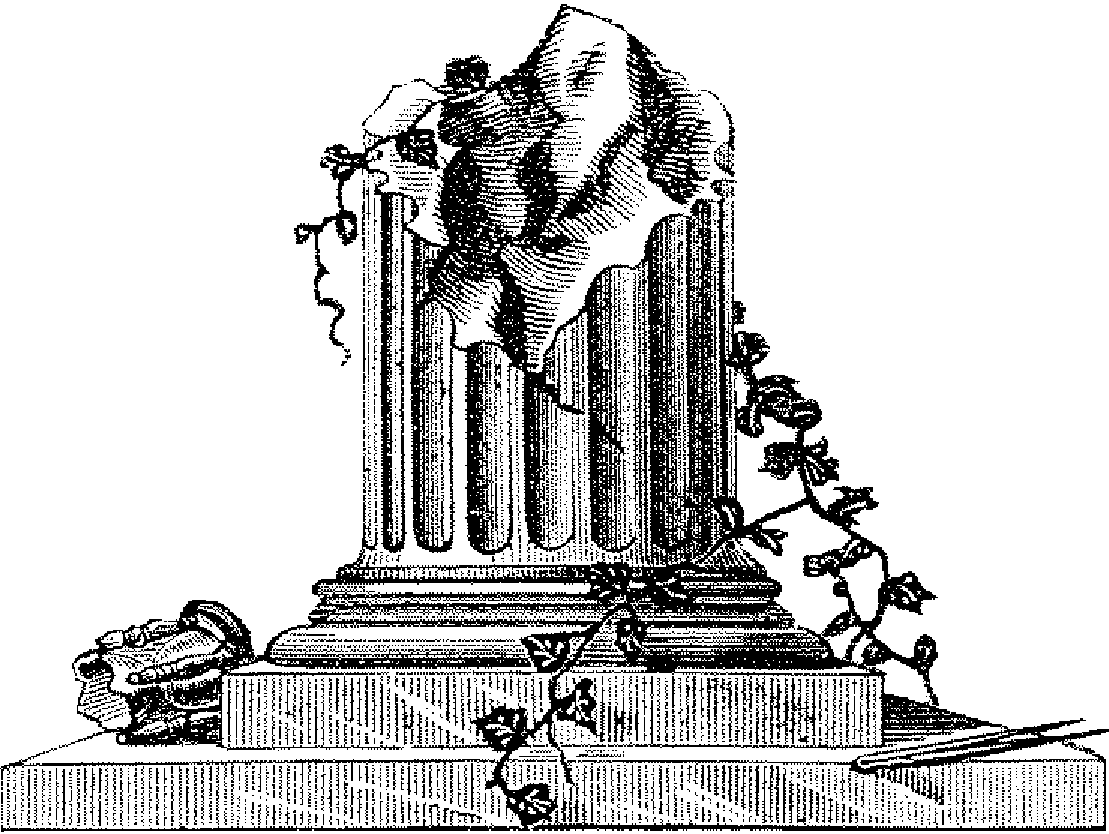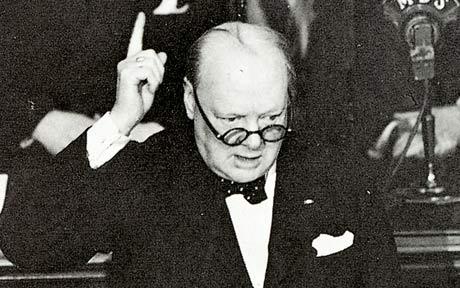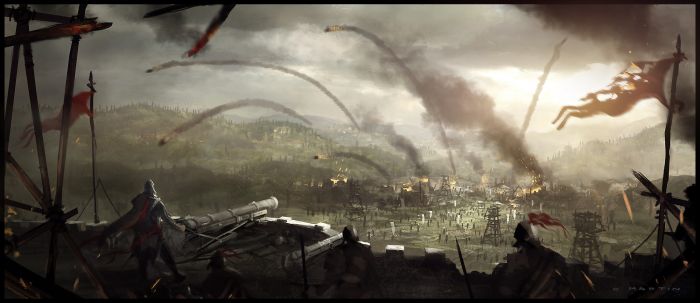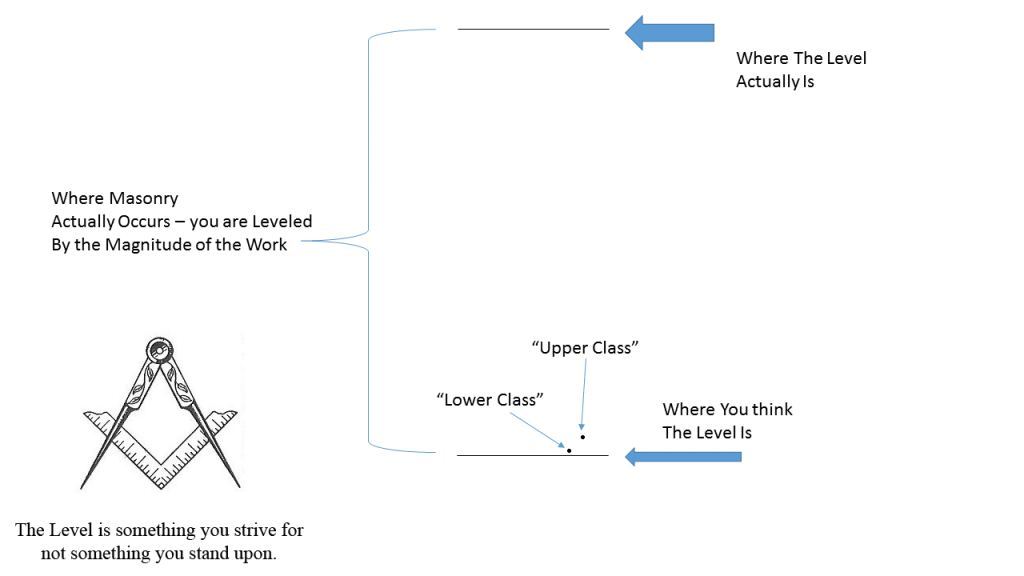What Came You Here To Do

Recently, someone posted the question, what do Masons do.
Masons, subject ourselves to the test of history and our peers. As we say, we are often tried. This test measures whether or not we are informed, engaged, and productive Brothers of the Craft, and it takes place in Lodge rooms, schools, bars, hospitals, at work and places of worship. We are tested in job interviews, while watching football, mowing our lawn, and posting to Facebook. The test judges our ability to think about things other than politics and celebrity marriages. It examines whether we are easily persuaded by empty rhetoric, and most importantly it proves if we can place our lives and our communities into a broader human context. The test lasts our entire tenure as Masons and is comprised of the millions and millions of decisions which when taken together are called our Masonic career. And everything – everything – will be on it. So pay attention.
Virtus Junxit Mors Non Separabit

I’m usually one of the first to rail against the media in our State for reporting on the news only from the Utah Connection. I do so because it is cheap and lazy and divisive.
And yet, here I am writing a letter based on the Masonic connection, and to prove a point I’ve previously made. I don’t know how to reconcile that, but I still despise the Utah connection.
We lost two Brothers yesterday. We would never be able to sit in Lodge with them, but to their murders our sovereign differences matter not. They were Freemasons, and that is all that mattered. For that reason, amongst the other obligations we have taken, the bonds of our Craft extend into their hearts and make us one band of friends and Brothers with them.
They died because Masonry means something. They died because the obligations we take are real. They died because our principles and our efforts against the oppression of man’s heart and mind are real. They died because they committed their lives, their fortunes, and their honor to liberty of conscience. They died because they believed that someone else’s life and dreams are equal to their own.
They died because they were Freemasons.
One-Day-Class: Limited Time Offer – Act now for a Chance to Sacrifice Blood, Toil, Tears, and Sweat

I am no longer opposed to them based on the principle of the initiatic experience. It remains a valid point, the quality of the experience is reduced, yes. This reduced quality may not compel the initiate to transformation, yes – but that is not the major point. We have that problem already, without one-day-classes.
This is Freemasonry, not a fringe occult of personality. In the Degrees, we do not wave a magic wand over your head and declare you divinely changed. We do not manipulate your aura. We do not channel the power of the gods.The ritual does not change you.
Masonic initiation takes work. It takes effort on the part of the initiate. It is a hero’s journey in the classical sense. The initiation shows you the path. You must walk it. No one can walk it for you, no one who has the power to bypass it for you, the Lord of the Labyrinth will not show you a shortcut. Masonic Initiation means learning the Work, studying it, performing it, passing it on, over, and over again. You must commit it to your soul through inculcation. By this standard, most Masons remain uninitiated – and that is a good thing. It is meant to be that way. However, if you are willing to stare into the darkness, and bleed, and sweat, and toil, and cry, and laugh, and sing then you may work in our quarries to make the world a better place for those, you’ll likely never meet, and find illumination.
My objection to one-day-classes is that they engender lazy leadership, not lazy initiation. In the end, it is not how the instructions are communicated, rather whether you do the Work. A Lodge, who does not do the Work that matters, does not instruct in the history and philosophy of the work, and doesn’t give new blood the chance to do the same, is in need of new leaders, not new tools of initiation.
No Good Deed Goes Without Beaucratic Corruption

Admittedly, this is optimized to my York Rite Bodies, but I believe there is value to be gleaned by any York organization as I’ve cobbled it together from many other York organizations.

You can see this as an operational checklist at www.masterofyork.com.
York Rite Battle Plan
Objectives
- Fulfill The Promise of additional Masonic Knowledge Through Education and Training
- Establish a Local Bodies Relations Strategy
- Provide a framework for effective leadership to ensure the stability and long-term success of the Fraternity
- Provide a financial process to ensure the stability and long-term success of the Fraternity
Objective 1
Fulfill The Promise of additional Masonic Knowledge Through Education and Training.
- Establish Knowledge Standards for all members (Companion Adept of the Temple Program)
- Basic degree order and understanding
- tell the story of each degree 1. less than 50 words
- Signs, Grips, Words
- Customs and Traditions
- local
- State
- National
- International
- Uniforms and Dress
- Establish a published dress code, ensure ease of access and reduce barriers of entry to obtaining dress requirments
- Ritual Proficiency
- Each member gets a full set of ritual
- Ritual Proficiency Program
- Individual Level 1 :: Protocols and Customs
- Grips & Words for all degrees
- Due Guards and Signs for all business operations
- Includes living triange
- Individual Level 2 :: Be able to do all parts, of any two of the follow Degrees from Memory
- Mark Master
- Past Master
- Most Excellent Master
- Royal Arch
- Royal Master
- Select Master
- Order of the Red Cross
- Order of the Temple
- Mediterrian Pass
- Individual Level 1 :: Protocols and Customs
- Basic degree order and understanding
- Establish Resources for continued learning from basic to advanced
- Degrees
- Handbooks
- Webinars
- Podcasts
- Papers
- Travelling Lecturers
- Educational at each stated meeting
- Library
- Personal
- Body
- Establish training programs providing on-going knowledge and skill development
- Training sessions for New Members
- UMLA Integration
- Modern leadership theory
Objective 2
Blue Lodge Relationship
- Establish a blue lodge relations strategy
- are you geographically situated with a growing and vibrant blue lodge community 1. if not move
- Build awareness of the RIte
- Utilize Mark Lodge
- Monthly Meetups open to Master Masons
- Festive Boards open to all Masons
- Wearing of special regalia to blue lodge (pins, rings, other subtle indicators)
- Communicate your Message (you have one right?)
- Recruitment
- Encourage the idea of advancement in the York Rite leadership corps as an alternative to the Lodge.
- Completion of the Master’s story; de-emphasize Commandery, focus on Chapter, it is closest parallel experience to the Lodge and thus to most shared – build on shared experience.
- Ease of access to petition
- Cross generational appeal
- Utilize well known members to accomplish this objective
Objective 3
Provide a framework for effective leadership to ensure the stability and long-term success of the Rite and the Craft
- Review entire organizational structure of the York Rite and evaluate its efficacy and effeciency as a platform for provide stability and long term success.
- Review bylaws and compare to successful nonprofits: where are we archaic, what policies prevent success? Be critical; keep an eye for cost effectiveness, increased transparency, and modernity in administration.
- Divide responsibilities, but towards a common success (no more isolation of bodies, sink or swim as a whole)
- Develop goals and production standards that be measured and reported on monthly
- Set target number of new members for each body 1. balance with loss/retention metrics
- Identify and understand primary source of loss 1. eliminate/mitigate it.
- Retention strategy; what is the retention goal (in years), how many people must you add, to keel the long tail results effective (5% growth over five years)
- Aggressive pursuit of Life membership program, aggressively encourage life membership participation
- Dues collection: reduce cost, increase timeliness, and embrace multiple forms of payment options, except cash – eliminate cash wherever possible.
- Incentivize pre-payment (2.5% / month of pre-payment up to 3 months).
- Establish formal and required training for all levels of all organizations
- Establish Standard Expectations of each position and provide training and skills development necessary to successfully hold a position
- Officer’s Manual
- Hands of Degree development regardless of position
- Monthly officers meeting of executive offices, reporting on progress towards annual operational goals
- All committees headed by a current appointed officer who must report monthly on goals and activities. Add experienced individuals and subject matter experts to work under committee heads to provide guidance and feedback; task committee heads to achieve operational success within their committee. This tests and builds character and leadership experience for the East;
- Implement the Master of York Program
- Achieve a Basic, Major, or Rigorous certification year after year
- Master of York Program
Objective 4
Provide a financial process to ensure stability and long-term success
- Create an organization that has strong and progressive financial planning (short and long term) capabilities.
- Build an endowment where 80% of annual interest covers 115% of annual operating expenses.
- Fund raisers applied to endowment, not operational expenses.
- Shoot for the moon.
- Fund raisers applied to endowment, not operational expenses.
- Life membership program for all bodies (not just commandery)
- Implement appropriate changes to the structure and policies that result in a strong and modern internal accounting and financial controls to ensure adequete protection of the organizations’ assets and ensure transparency to the membership.
- Electronic and automated controls encouraged.
- Provide monthly treasurers report in written format
- Implement a prudent, but progressive, investment policy, for all invested funds, which is built upon responsible investment theory and, which will optimize investment return in the long term
- Build an endowment where 80% of annual interest covers 115% of annual operating expenses.
